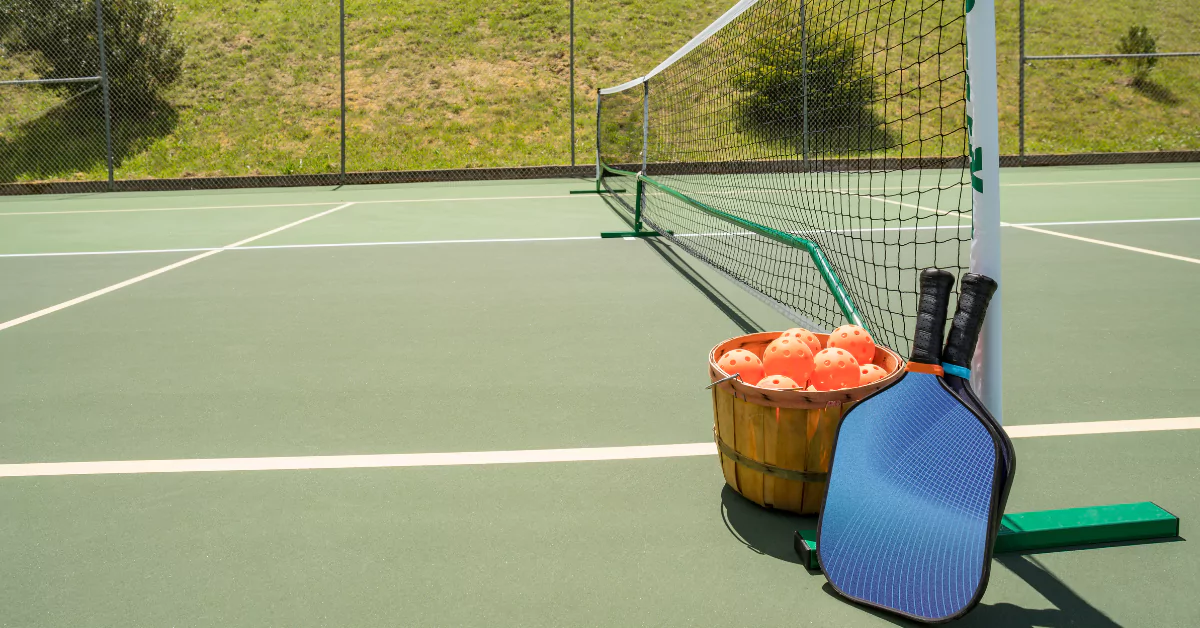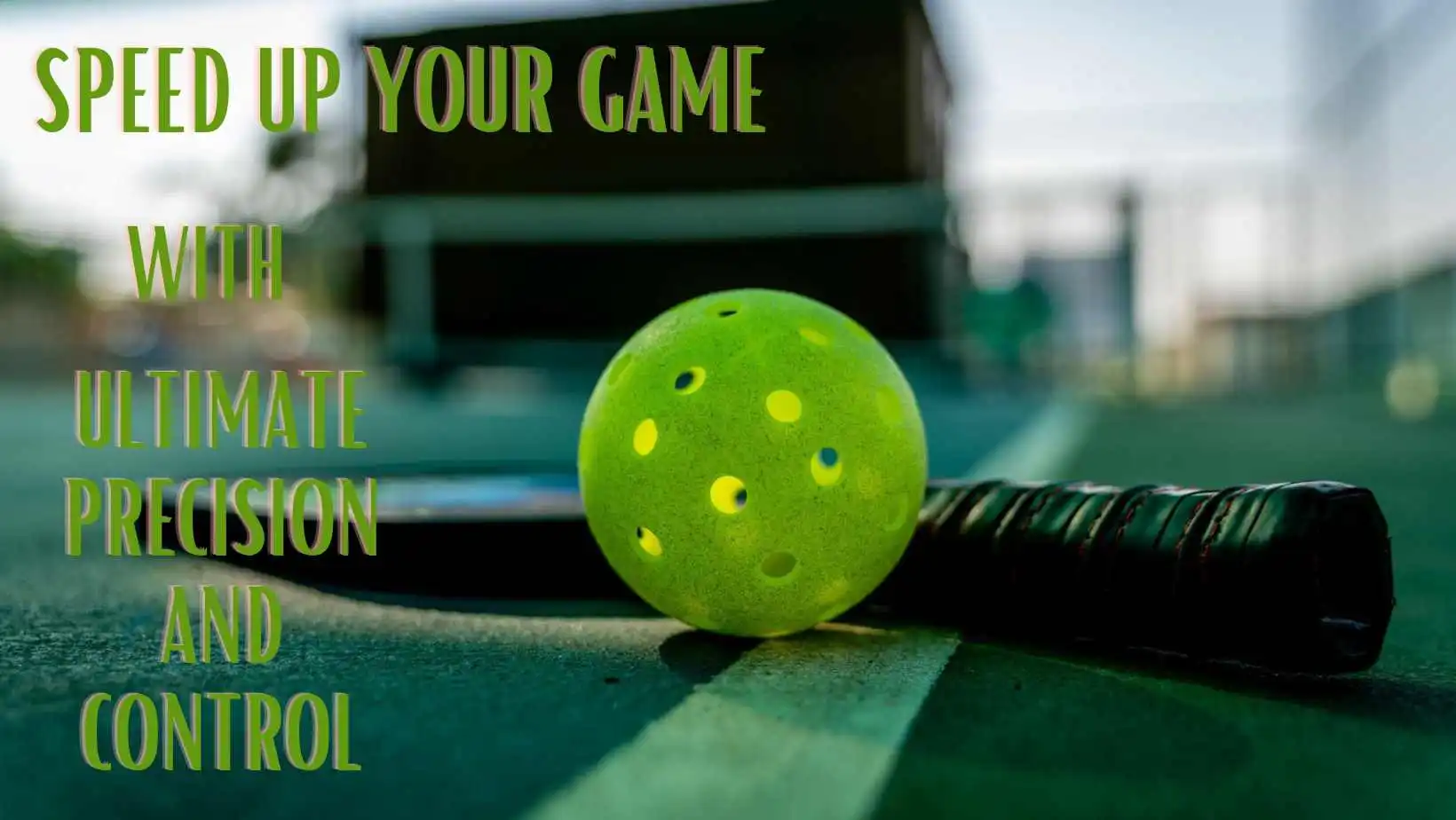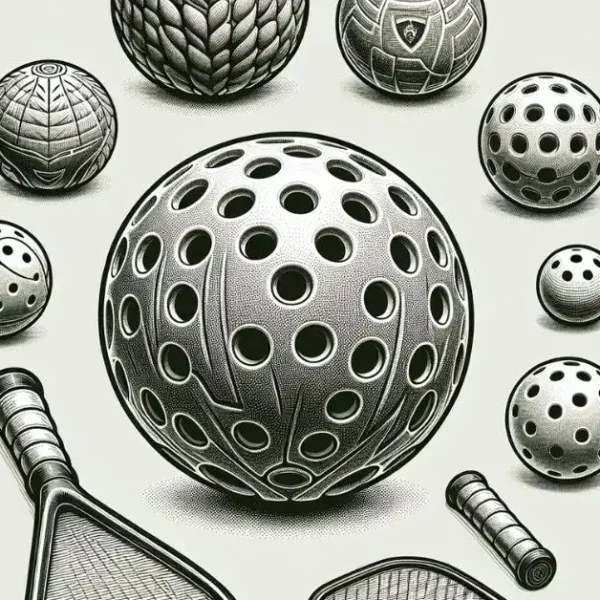Introduction
Welcome to our comprehensive guide comparing pickleball and tennis courts. Whether you’re a seasoned player or a beginner looking to start a new sport, understanding the differences between pickleball vs tennis courts is essential.
In this article, we’ll delve into the unique characteristics of each sport, explore the benefits of playing on different types of courts, and provide answers to frequently asked questions. So, let’s dive in and discover everything you need to know about pickleball and tennis courts!
Pickleball vs Tennis Court: What Sets Them Apart?
When comparing pickleball vs tennis courts, it’s important to consider various factors that distinguish the two sports. Let’s examine these differences in detail:
Court Size and Dimensions
One of the primary distinctions between pickleball and tennis courts is their size. Tennis courts are significantly larger, measuring 78 feet in length and 36 feet in width for singles matches. On the other hand, pickleball courts are more compact, with dimensions of 44 feet in length and 20 feet in width for both singles and doubles matches. The smaller size of pickleball courts makes them more accessible to players of all ages and skill levels.
Read More about Dimension here;
Official Dimensions And Layout Of Court
Surface Materials
Tennis courts are typically constructed using different materials, including clay, grass, or hard court surfaces like concrete or asphalt. Each surface offers unique playing characteristics, affecting factors such as ball speed and bounce. In contrast, pickleball courts are primarily made of asphalt or concrete, providing a consistent playing surface with moderate ball speed and bounce.
Net Height
Another key distinction between pickleball and tennis courts is the net height. In tennis, the net is set at a height of 3 feet at the center, gradually sloping down to 3.5 feet at the posts. In pickleball, the net height is slightly lower, set at 36 inches at the center and 34 inches at the posts. The lower net height in pickleball allows for more dynamic gameplay and encourages faster rallies.
Equipment Differences
While both sports require racquets, there are notable differences between pickleball and tennis equipment. Tennis racquets are larger, ranging from 27 to 29 inches in length, and are strung with tightly stretched strings to generate power and control. Pickleball paddles, on the other hand, are smaller and lighter, resembling oversized table tennis paddles. They are designed for quick maneuverability and precise shots.
Scoring Systems
Tennis and pickleball also differ in their scoring systems. Tennis follows a more complex scoring structure, with sets and games. In contrast, pickleball utilizes a simplified scoring system, similar to table tennis. Players can score points only when serving, and games are typically played to 11 or 15 points, depending on the agreed-upon rules.
Pickleball vs Tennis Court: Which Should You Choose?
Now that we’ve explore the key differences between pickleball vs tennis courts, you may be wondering which sport and court are best suite you. Let’s consider the benefits of each option:
Benefits of Pickleball Courts
- Accessibility: The smaller court size and lower net height make pickleball courts more accessible to players of all ages and abilities. The sport is often seen as more beginner-friendly, allowing newcomers to quickly get involved and enjoy the game.
- Social Aspect: Pickleball is know for its social and inclusive nature. The smaller court dimensions foster closer proximity between players, promoting interaction and creating a friendly atmosphere on the court.
- Cardiovascular Workout Pickleball offers an excellent cardiovascular workout. The fast-paced nature of the game keeps players constantly moving, improving endurance and overall fitness.
Benefits of Tennis Courts
- Versatility: Tennis courts provide a versatile playing surface with different material options, allowing players to adapt their playing style to various court types. Whether you prefer the slow clay court or the fast-paced hard court, tennis offers a range of experiences.
- Power and Technique: Tennis is re-own for its emphasis on power and technique. The larger court size and longer rallies demand physical endurance and strategic shot placement, making tennis a challenging and rewarding sport for competitive players.
- Professional Opportunities: Tennis boasts a thriving professional circuit with significant earning potential. If you aspire to compete at the highest level and pursue a career in tennis, training on standard tennis courts is essential.
FAQs (Frequently Asked Questions)
1. Is pickleball easier to learn than tennis?
Yes, pickleball is generally easier to learn due to its smaller court size, slower ball speed, and simplified rules. It’s an ideal sport for beginners or individuals looking for a less physically demanding activity.
2. Can I use a tennis racquet to play pickleball?
While it’s possible to use a tennis racquet for pickleball, it’s recommended to use a paddle specifically designed for pickleball. Pickleball paddles are lighter and provide better control for the smaller court and unique playing style.
3. Which sport has a higher injury risk: pickleball or tennis?
Both sports carry a risk of injury, but the nature of the game often determines the severity. Tennis involves more intense movements and longer rallies, increasing the chances of overuse injuries. However, pickleball is generally considered lower impact and may be more suitable for individuals with joint or mobility issues.
4. Can I play both pickleball and tennis?
Absolutely! Many players enjoy both sports and find them complementary. Both sports offer unique experiences and benefits, allowing individuals to diversify their physical activity and enjoy the best of both worlds.
5. Are pickleball and tennis suitable for children?
Both pickleball and tennis can be enjoyed by children, but pickleball is often recommended for younger players due to its smaller court size, slower pace, and simplified rules. It provides an excellent introduction to racquet sports and helps develop hand-eye coordination.
6. Are there professional pickleball tournaments like tennis?
While pickleball is growing in popularity, it currently has a smaller professional circuit compared to tennis. However, professional pickleball tournaments do exist and continue to gain traction, offering opportunities for players to showcase their skills on a competitive stage.
Conclusion
In conclusion, understanding the differences between pickleball and tennis courts is crucial for choosing the right sport that suits your preferences and goals. Whether you opt for the fast-paced, social atmosphere of pickleball or the competitive nature and technical finesse of tennis, both sports offer unique experiences and benefits. So grab your racquet or paddle, head to the court of your choice, and enjoy the thrill of these fantastic sports!



